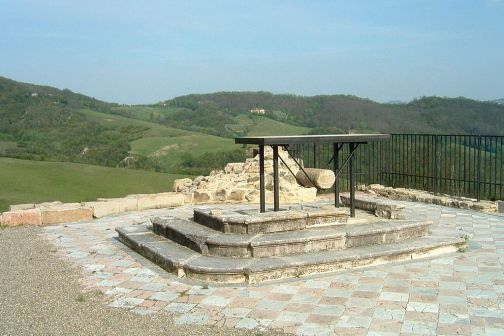<-Fighting Back Conclusion of the War->

By the years 1944-1945, Resistance to the German and Fascist presence in Italy shot to an all time high. Uprisings in cities such as Milan had caused disorganization for the Germans and strikes in the war production led to cutbacks in their resources. However, with the increasing retaliations against the Germans and Fascists, a number of consequences were used against the resistance to try and prevent these revolts. A major consequence for retaliation included mass atrocities such as the Ardeatine Massacre. On March 23, 1944, 17 members of a resistance cell called the Patriotic Action Group bombed a police force marching down the Via Rasella in German-occupied Rome, killing 28 policemen on the scene with a total fatality of 42 policemen. As a reprisal action to this show of violence and resistance, SS Lieutenant Colonel Herbert Kappler and Lieutenant General Kurt Malzer, who was the Wehrmacht commandant in Rome, recommended that ten Italian civilians would be shot for each policeman killed in the guerrilla action. Thus on the following day, March 24, 1944, personnel from the headquarters of the Security Police and SD in Rome, led by Captain Erich Priebke and SS Captain Karl Hass, assembled 335 Italian male civilians near a series of man-made caves on the outskirts of Rome on the Via Ardeatina. Of these people, many included prisoners and 57 of them included Jewish prisoners and to reach the quota they rounded up civilians found on the streets of Rome. Each individual was shot at close-range and the caves they were killed in were sealed to prevent the escape of survivors.

Other such atrocities include the Marzabotto massacre. In a similar instance of retaliation by the Germans, between the days of September 29 and October 1, 1944, units of the 16th SS Armored Infantry Division under the leadership of SS Sturmbannfuhrer Walter Reder, committed one of the most brutal Nazi crimes of the Second World War. Around 800 people, mainly consisting of women, children, and older men were mowed down and murdered in the village of Marzabotto. Not only were citizens killed in this village, but around 1,000 more people were killed in surrounding villages, 200 of which were children under a few days old. In the process, the SS soldiers broke into houses, schools, and churches shooting victims with machine guns, throwing grenades, and setting fire to buildings. Similar tragedies occurred weeks earlier such as on August 12, 1944 when the same SS unit took part in the massacre of Sant’Anna di Stazzema, which claimed the lives of 560 people in just a few hours. These atrocities were only a few of the war crimes that the Germans and Fascists took part in against the citizens of Italy during the resistance war, but each retaliation served as a reminder as to what the resistance fighters were seeking liberation from during the war.
<-Fighting Back Conclusion of the War->